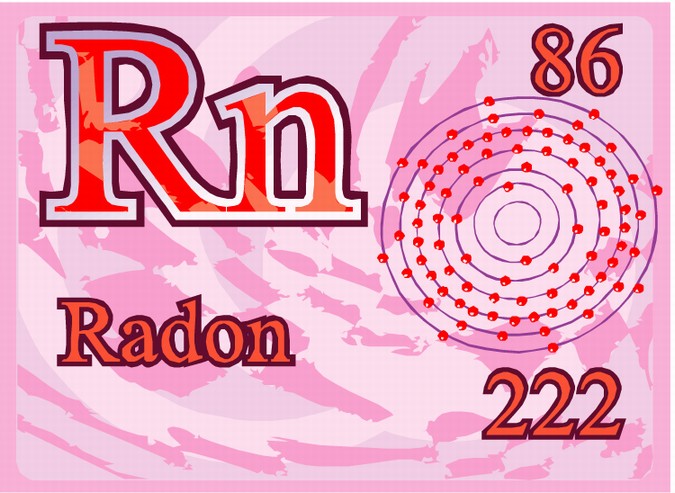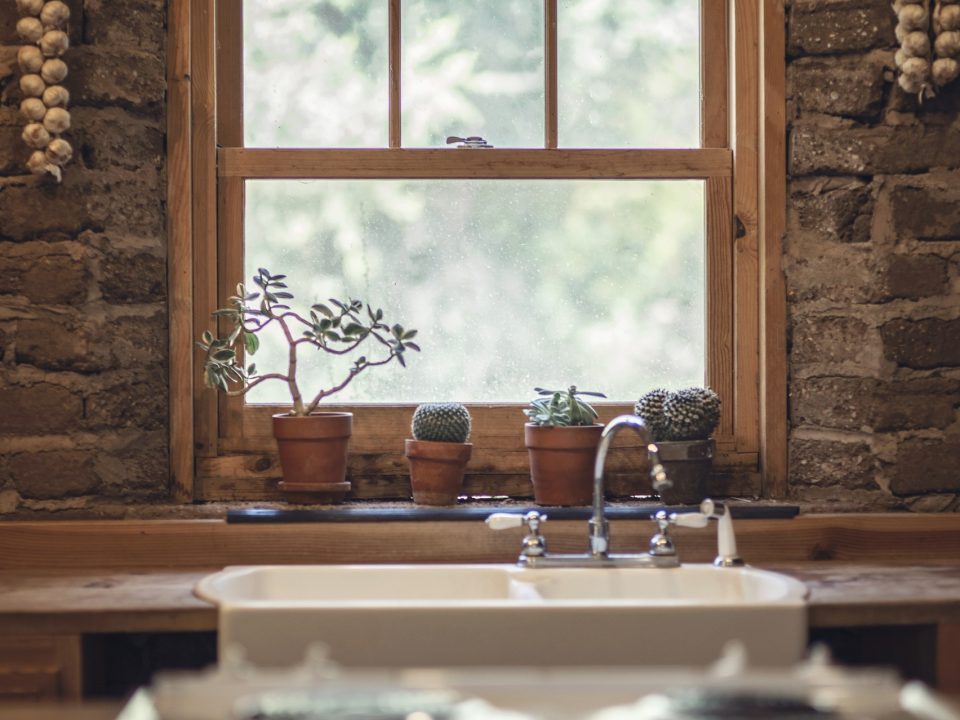Radon Mitigation For Real Estate
Radon Mitigation For Real Estate
Radon Mitigation FAQ’s
Is Radon serious and dangerous?
When it comes to the dangers of radon, there is overwhelming consensus that it is a grave public health hazard that needs to be addressed. The following organizations have all taken positions that the public should test for radon in their homes then remediate if they have levels over 4.0 pCi/L.
United States Environmental Protection Agency
Centers for Disease Control
United States Surgeon General
National Institute of Health
National Academy of Sciences
United States Congress
National Environmental Health Association
American Lung Association
American Medical Association
World Health Organization
National Radon Safety Board
What is a safe radon level?
There is technically no safe radon level, since one alpha particle can theoretically begin the chain of events that leads to lung cancer. Our goal is to reduce radon as close as possible to the average outdoor level of 4 pCi/L. Almost 90% of the homes we mitigate re-test between .5 and 1.5 pCi/L.
My new home came with a builder-installed passive radon system, is that good enough?
Not always. In many cases, even a perfectly constructed passive radon system (and we don’t see many of these!) cannot reduce radon levels sufficiently (below 4 pCi/l) due to the strength of the emanation of radon into the house. In these cases, we try to install a radon fan on the vent pipe in the attic to effectively reduce radon levels in the home. Passive radon systems usually consist of a 3 or 4 inch PVC vent pipe that is sealed into the gravel layer under the basement slab or into a sealed sump cover which runs from the basement up through the home, into the attic and venting through the roof. The theory of a passive system is based on thermal stack effect, which causes a house to act as a vacuum on the soil due to temperature differences inside and outside the home.
A passive system’s vent pipe should be run through one of the combustion appliance chases (furnace or hot water heater) that run from the basement to the attic of a house. The heat inside these chases may create a vacuum in the vent pipe, but ONLY if the following conditions exist:
- The floor-to-wall joint and all other basement slab openings, such as sump crocks are completely sealed.
- The vent pipe has no completely horizontal runs.
There needs to be at least three feet of accessible, vertical vent pipe in the attic for us to convert a passive radon system to an active system for less than the cost of a completely new system. Builders frequently make the mistake of jamming their vent pipe into the soil beneath the home (thereby making it useless by blocking it) and venting the radon out the side of the home at or just above ground level!
Can’t I just caulk and paint my basement and solve my radon problem?
Painting and caulking alone will not effectively lower radon levels, but they can greatly increase the effectiveness of a radon mitigation system. This is because the suction or stack effect exerted by your home on the soil draws radon through so many minute openings that you could never seal them all. Besides, the atomic size of the harmful particles that radon generates, are so small that they can pass through most paint, plastic, building materials and other man-made materials with ease.
How much does a radon mitigation system cost?
The average cost of a radon system is between $800 – $1200. Homes with a crawl space, no gravel under the slab, or a completely finished lower level, sometimes cost more.
How much will it cost to run?
About as much as leaving a 75 watt light bulb on 24 hours a day, which depending on where you are located, should be less than $100 per year.
How long will it take?
Installing a radon system usually takes between five and eight hours.
My neighbor had a low radon test result, so I am okay, right?
Wrong! Radon levels vary widely from home to home, depending on the geology around and beneath your home and the home’s construction. Also, the neighbor’s house may not have been tested properly. The only way to know your level is to properly test your home.
Are radon systems expensive?
That really depends on the type of structure we’re talking about and what the regulations are in your local community. Typically, it falls between $700 and $2000.00. If it’s a new home, usually the builder has to pre-install mitigation system components, so the expense can be lowered.
If we once had a radon reading below 4 pci/l. (Ideal) but now it’s at 10 pci/l, what has happened? Do we need radon remediation?
Radon levels are always changing. Seasonality can play a role – winter is worse than summer. Time of day also plays a role, as well as the weather situation, wind levels, etc. If you consistently have high levels over a period of time, you probably need to move forward with removal.
When building a new home what can you do to reduce the risk of a radon problem or eliminate radon remediation?
First, know that it is impossible to determine how much radon a new home will attract. Every house has what’s called a uniquepressurization signature
. This is the result of the heating, ventilation, plumbing and drainage systems working together. It then applies this to the soil.
Here is some general advice when building:
- The integrity of the slab should be maintained at all times.
- Cover sump pits; close the openings around sewer and water piping.
- Reduce radon infiltration by increasing ventilation.
- When framing, route a radon pipe from the basement to the attic.
Are there less expensive solutions for Radon Remediation?
- Perform sealing tasks in your basement.
- Sump pits need to be installed with a sealed cover.
- Use a gas tight radon drain for all floor drains.
- Place a small fan in a basement window to bring air inside.




